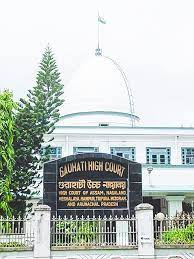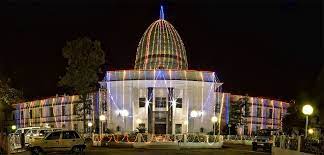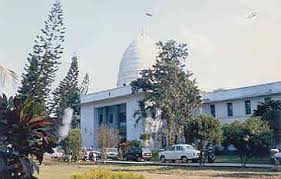Was charged under Sections 302, 376, 511, 454, 380 read with Section 34 of the Indian Penal Code, 1860 (Para 2)
A supplementary charge-sheet was filed on 01.04.2006, slightly modifying the earlier charge-sheet, giving a narration that the accused broke open the house of the deceased and PW5, her husband, due to previous enmity and when she made her entry into the house, she was raped and murdered. The murder took place as she was resisting rape and tried to attack the accused with a sword, recovered from the place of occurrence, which was actually used by them. (Para 8)
The High Court in the impugned order set aside the acquittal rendered by the trial court by substantially placing reliance upon the evidence of PW1. It held that the evidence of PW1 would indicate the prior enmity between PW5 and the accused. PW9 has clearly stated that the death was homicidal. Recovery of the sword and knife has been proved by the evidence of PW3, from the scene of occurrence. PW1 being a natural, educated and God-fearing person, his testimony has to be accepted. (Para 13)
The question is not as to whether there occurred a homicidal death or not but who did it. The lapses on the part of the prosecution would go to the root of the case especially when there was no explanation forthcoming. Having not agreed with the version of the prosecution qua the recovery, the High Court ought not to have placed reliance on the doubtful testimony of PW1. (Para 14)
In other words, the conduct of a witness under Section 8 of the Evidence Act, is a relevant fact to decide, determine and prove the reputation of a witness. When the conduct indicates that it is unnatural from the perspective of normal human behaviour, the so-called reputation takes a back seat. (Para 18)
PW1 has not acted after the deceased pleaded for help, particularly from him. There is absolutely no evidence available on record as to how the deceased was aware of the fact that PW1 was outside. Be that as it may, it is rather strange that he did not even venture to get into the house. Added to that, he went away after being threatened by the accused. Strangely, he undertook the unnecessary exercise of making further inquiries with the mother-in-law of the deceased. If he had seen the accused leaving towards the hill area, he should have entered the house of the deceased and checked her condition. Rather, he was waiting for his wife (PW2). His evidence is also not in tune with PW5 with respect to motive. PW5 has stated that there was no prior enmity. We are of the considered view that the High Court has misconstrued the concept of reputation and blindly believed the evidence of PW1. (Para 26)
The trial court has given substantial reasons for arriving at its conclusion. One has to keep in mind that it is the prosecution which has to prove the charges beyond reasonable doubt. The approach of the High Court in dealing with the case of circumstantial evidence is not in line with the caution expressed in R. v. Hodge, (1838) 2 Lew 227. The High Court after holding that a homicide had occurred, blindly placed reliance upon the evidence of PW1. (Para 28)
Apart from the non-availability of the fingerprint report, the non-examination of the witnesses, as noted by the trial court, would go to the root of the very case of the prosecution. It is nobody’s case that the witnesses were not available. That is the reason why the defense has marked Exhibits D1 and D2, statement recorded under section 161 of the CrPC rendered by the children of the deceased. We have to take into consideration the fact that when PW1 came back the children were very much available in the house of the deceased. They were not toddlers but studying in 5th and 7th standard. It is impossible to accept that they did not know that their mother was dead lying in a pool of blood and that too in half-naked condition. (Para 29)
The High Court was persuaded by the homicidal death of the deceased while ignoring multiple findings rendered by the trial court including the fact that the house of the deceased was surrounded by numerous other houses. Thus, on the basis of the discussion made, we are constrained to come to the conclusion that the appellant is entitled to the benefit of doubt as the prosecution has not proved its case beyond reasonable doubt. (Para 31)
SUPREME COURT OF INDIA
2023 STPL(Web) 358 SC
Harvinder Singh @ Bachhu Vs. State Of Himachal Pradesh
Criminal Appeal Nos. 266-267 of 2015-Decided on 13-10-2023
https://stpllaw.in/wp-content/uploads/2023/10/2023-STPLWeb-358-SC.pdf







